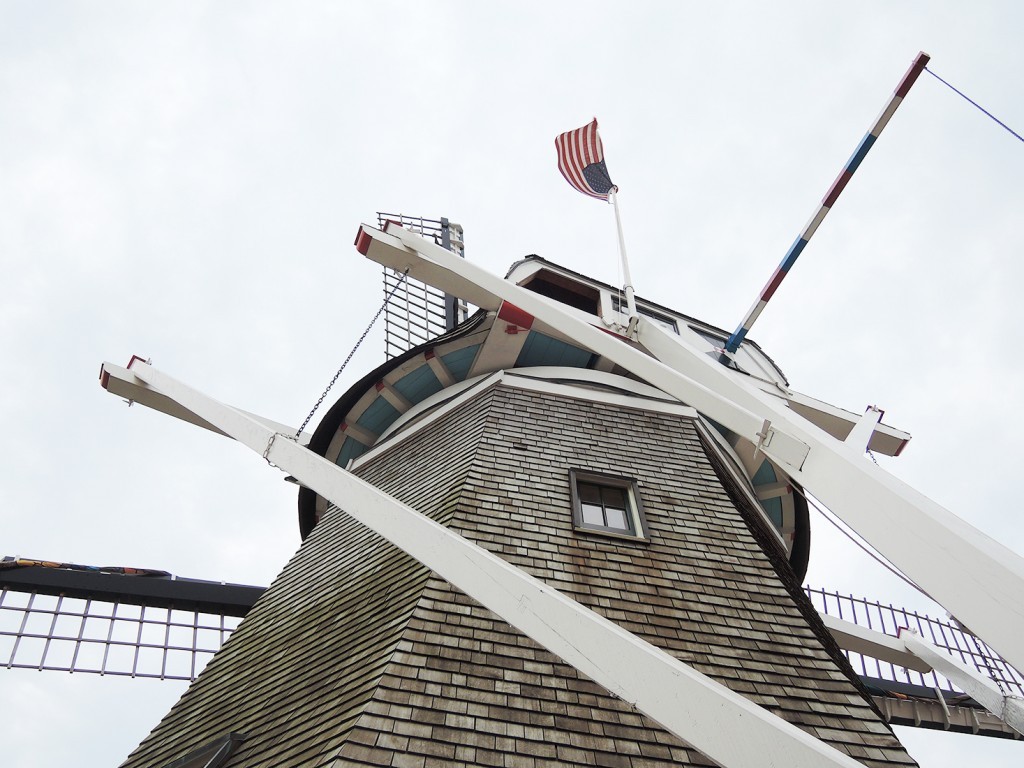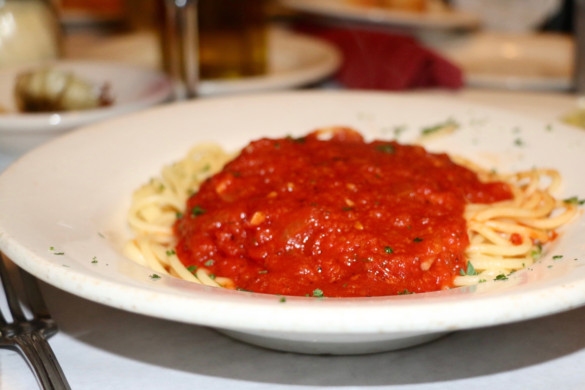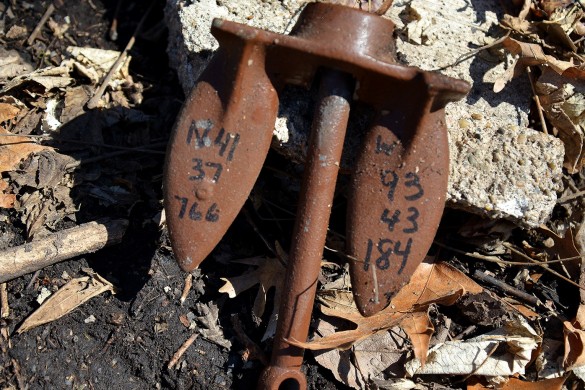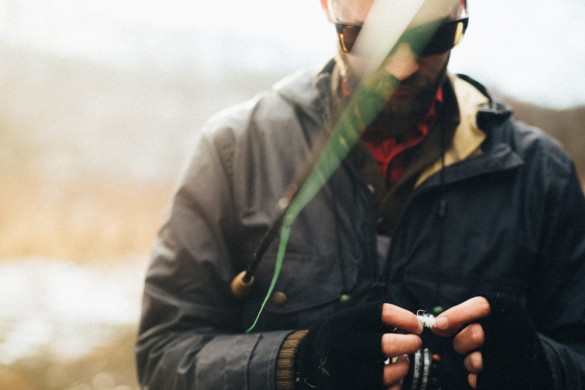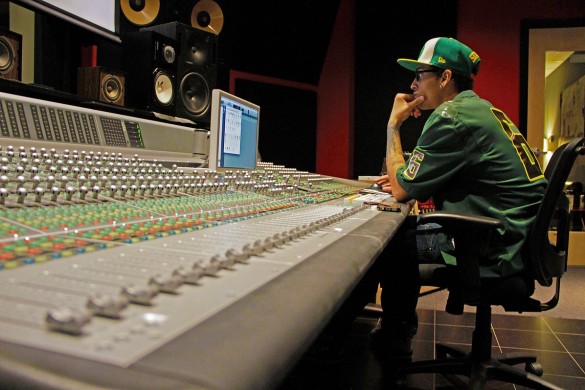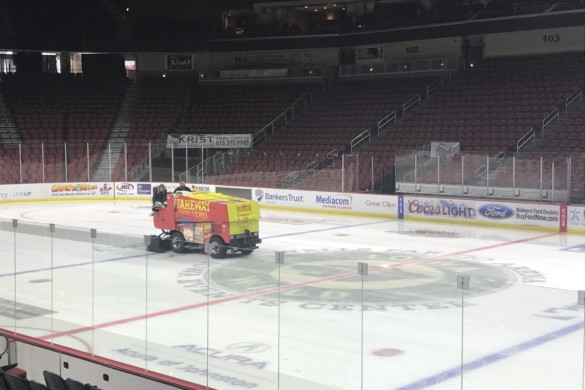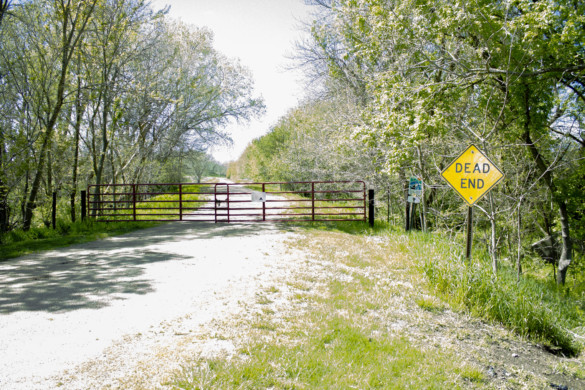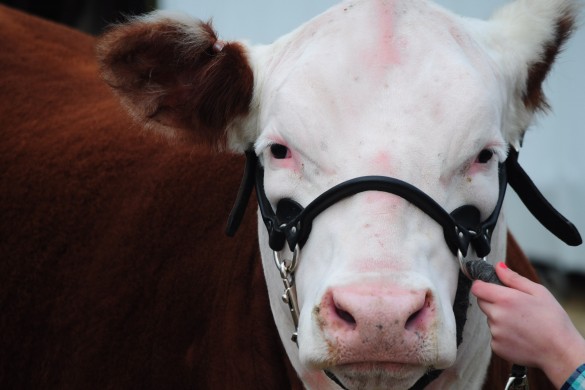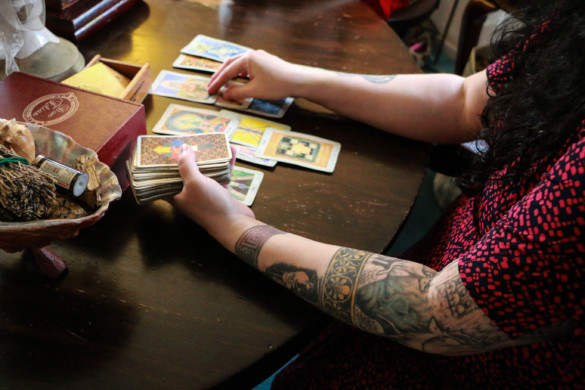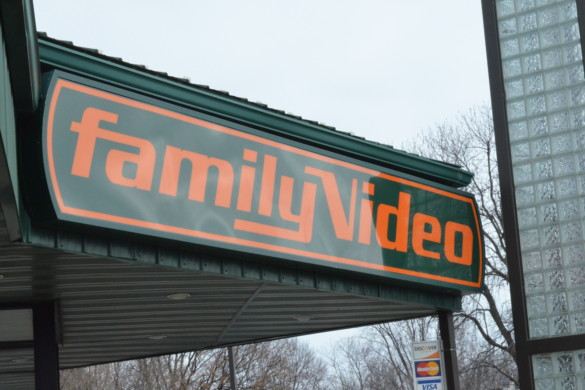Jim Brandl, a volunteer miller at Vermeer Windmill, walks up uncountable flights of narrow wooden stairs — slowly making his way to the top of the largest windmill in North America. The miller’s control center is 124 feet in the air — and two elephants could easily fit inside. Today, Brandl is leading a tour. His voice bounces back from the circular walls as he tells tourists about the history of the Vermeer Windmill. “The Vermeer Mill is an amazing example of Dutch craftsmanship and engineering,” he says. “We often think our ancestors of 150 years ago were backwards and did not have the technology and expertise that we have today, but the mill certainly contradicts that perception.”
The skyscraping windmill seems better suited for Holland than Pella, Iowa — a quaint town founded by Dutch immigrants in 1847. And that’s partly because Brandl and the Pella Historical Society contracted a Holland-based windmill builder to design it, called Verbij Hoogmade BV. “I made Lucas Verbij, the owner, promise that any mills that he builds in North America have to be at least one foot shorter than the one here in Pella,” Brandl says.
The height of the windmill attracts 30,000 visitors from across the United States and different countries every year. During Tulip Time — the second weekend in May — 4,000 to 5,000 people tour the windmill. “They are just amazed by the size,” Brandl says. “They are amazed that everything is made of wood and very little metal is used,” Brandl says.

The gears on the main floor of the windmill which is only 40 feet off the ground opposed to 100 feet that most tourists think.
That’s what makes the mill both alluring and also, well, far less practical — at least in Iowa. The old-fashioned wooden mill is nothing like today’s wind-powered electricity generators sprouting up in the plains. Today, we don’t have “millers.” We have “wind turbine technicians,” a field that the Bureau of Labor Statistics says is growing much faster than average thanks to our country’s emerging reliance on wind energy. But this wooden mill: it’s barely good for grinding grain, their original purpose. In Iowa, the state prohibits Vermeer millers from selling their grain to restaurants and other commercial business unless it’s grinded in stainless steel. The mill’s tiny gift shop and the local Jaarsma Bakery, which bakes a “windmill bread,” are the only small exceptions.
But for the millers up in the tower — along with the thousands who visit each year — function is only half of the reason they’re keeping this mill at work. “Some people are interested in history. Some remember hearing about windmills from their Dutch ancestors,” says Mike Morgan, former president of the Pella Historical Society. “Many are just wanting to see and tour something they have never seen before.”
“Many Hands Make Light Work”

The Vermeer Mill and Historical Village, at 507 Franklin St., attracts many visitors to the Dutch town of Pella, Iowa.
It was built in 2002 — mostly as an ode to the town’s Dutch heritage. At the onset, there were five appointed committee members, including Brandl, who were set on working in the mill. The Holland windmill company, who trained the volunteers for two months, claimed that only one miller was necessary to ensure the mill ran smoothly. That’s how it’s done back in Holland. But Brandl and the other members had something else planned entirely. “We told them that all five of us wanted to be the miller, and we would work it out,” Brandl says.
The philosophy of Vermeer Windmill is “Many hands make light work.” But in order for that to happen, Brandl usually has to search and recruit millers. When someone indicates an interest, he meets with them and discusses the job description and requirements. And most importantly, he makes sure they aren’t afraid of heights.
The training can take up to 10 weeks. “We always tell our miller candidates that it will take them about half a season of training to become confident that they can handle a mill in any kind of situation,” Brandl says.
The most common situation: a bad storm. Of the many skills a miller learns before taking the reins, one of the most critical is the art of watching the weather. “Thunderstorms are really dangerous for windmills,” Brandl says. “The direction of the wind changes and the velocity of the wind picks up. It wreaks havoc on the windmill. So, whenever we have thunderstorm warnings, we operate very cautiously, because we don’t want the windmill to be caught in a position where something dangerous could happen.”
When a thunderstorm happens, the miller “grounds” the windmill by attaching a cable that stretches from the ground to one of the windmill’s spinning blades. That way, the sky-reaching mill’s chances of being hit by lightning diminish.
Trainees also have to learn how to operate the mill’s brake. If the wind picks up too intensely, the blades may spin out of whack, and, using a rope-like lever, the volunteers have to learn how to impose control. “Like any machine, like your car,” Brandl says, “the faster it goes, the more dangerous it becomes. So they have to learn how to stop the mill properly. It takes some time and practice.”
A Day Of Grinding Grain
In addition to a comfort with heights, a comfort with uncertainty is also a part of the job description.
When it comes down to doing their jobs, the millers are never exactly sure when they are going to grind the grain. They’ll need a strong wind — but wind is ambiguous. And they’ll need demand, but the tiny gift shop will only call for a grain resupply in sporadic spurts. It could be anywhere from 8 to 10 weeks between grinding periods.
But weather and supply and demand aren’t the only uncertainties. Despite a daily routine, Brandl says no day in the tower is ever the same.
After the tour, at closing time, Brandl follows that routine. He operates the brake to stop the mill from spinning. He grounds the mill for the impending thunderstorm. Then he goes up the steep, “forbidden” staircase where visitors are not allowed. Having reached the top, he initiates the final part of his routine: taking down the giant American flag that waves in all its pride and glory throughout the day. But today, the flag is out of reach, stuck on the windmill’s side. “Well,” Brandl says, “that’s never happened before.”


